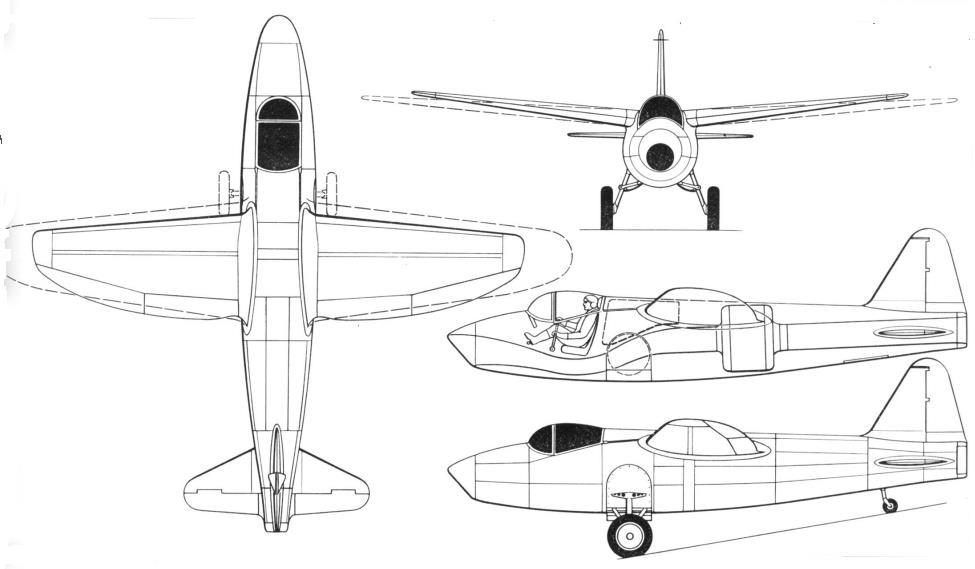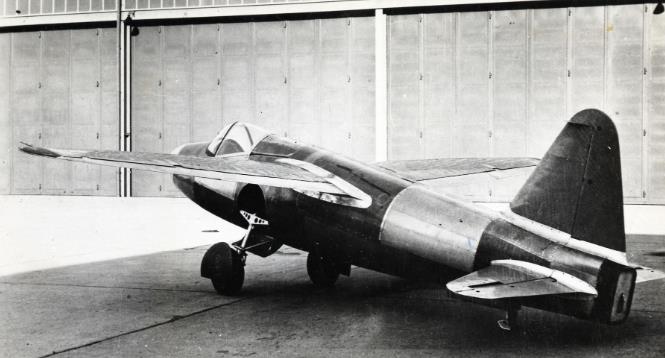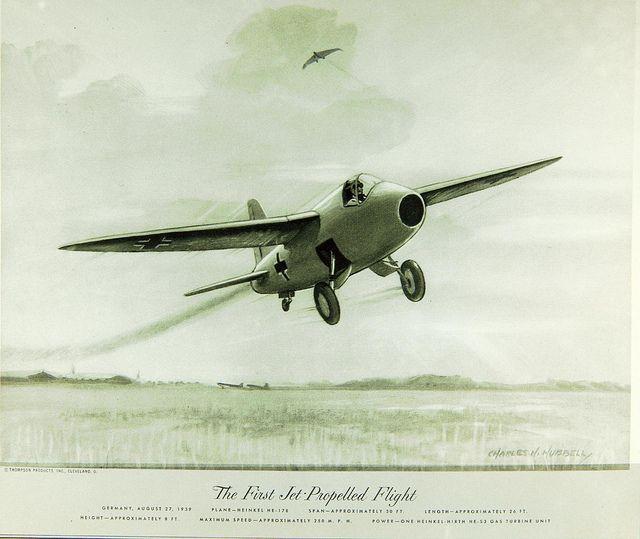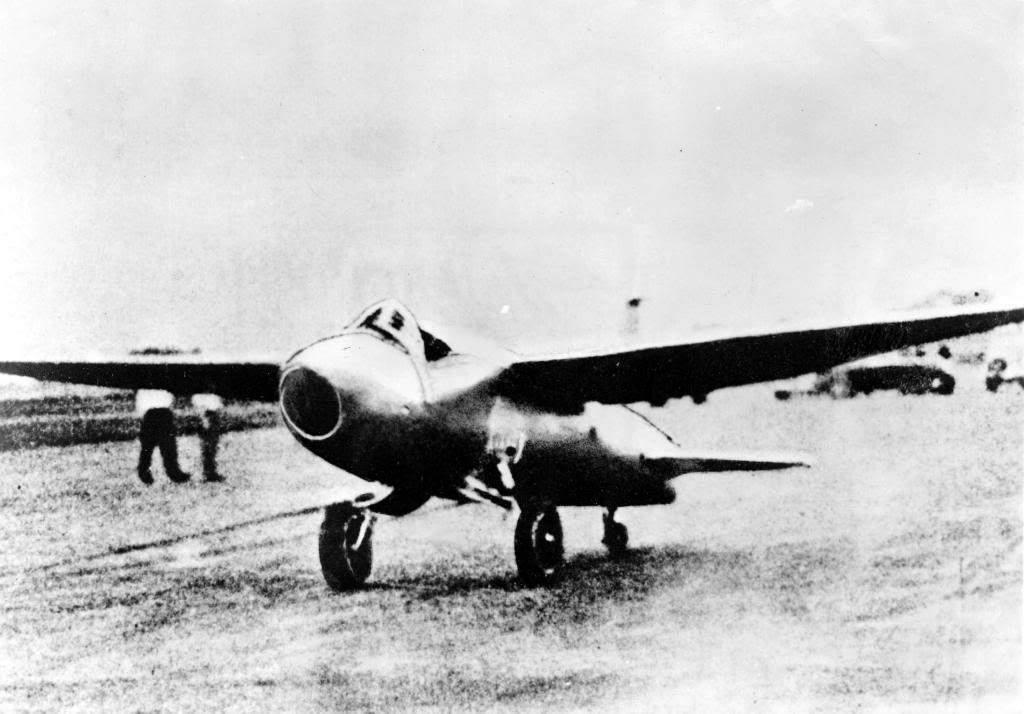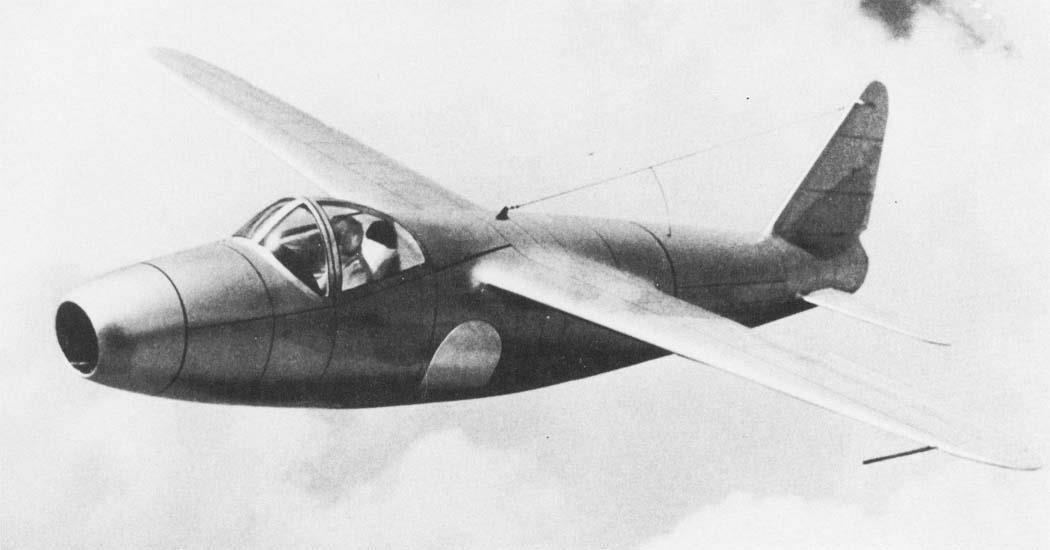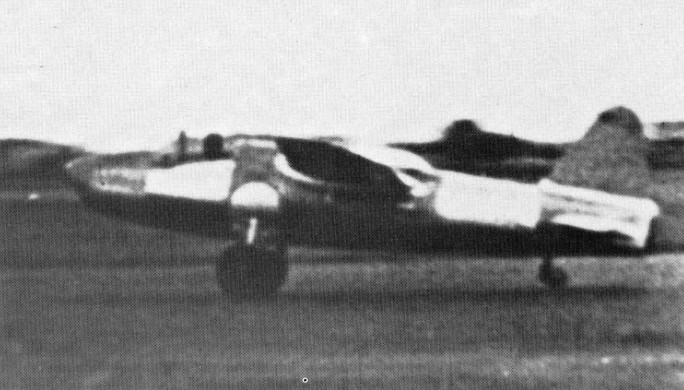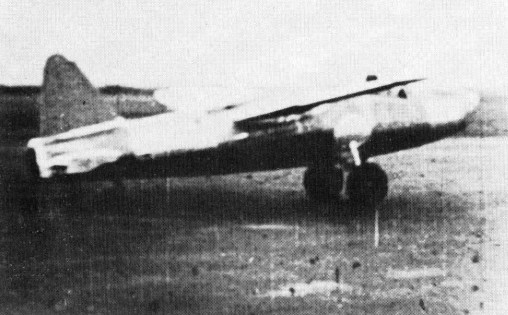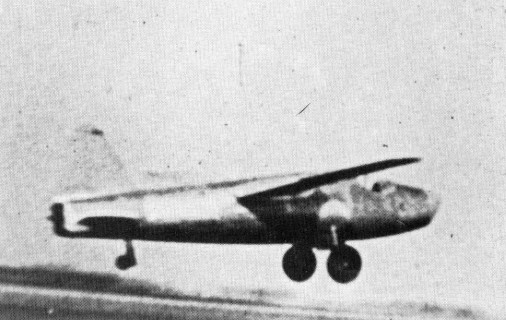| Type |
Single seat experimental |
| Engine |
1 Heinkel HeS 3B |
| Dimensions |
Length 7,48 m , height 2,10 m , span 7,2 m , wing area 7,90 m2 , |
| Weights |
Empty 1620 kg, loaded , max. take off weight 1998 kg |
| Performance |
Max.. speed (calculated) 700 km/h , cruising speed ,landing speed 165 km/h, range , endurance , service ceiling , climb |
| Type |
Werk.Nr |
Registration |
History |
| V1 |
|
|
First flight 27 August 1939 |
| V2 |
|
|
The He 178 V2 which was built but not flown had a redesigned wing of increased span and gross area, and reduced trailing-edge curvature. Span and wing area were 8,60 m and 9,10 m2 respectively. |
In 1935, Hans von Ohain, a young German engineer, successfully took out a patent on the use of the exhaust from a gas turbine as a means of propulsion.Von Ohain presented his idea to the aeronautical engineer Ernst Heinkel, who was sufficiently impressed that he agreed to help develop the concept. This industrial support would prove highly beneficial to von Ohain's work.[According to New Scientist, Heinkel had already been interested in the potential of the gas turbine prior to encountering von Ohain and his work.
During September 1937, von Ohain successfully demonstrated his first engine, the Heinkel HeS 1.Accordingly, it was promptly decided to begin designing an aircraft for which a similar such engine could be installed and tested in the air. This aircraft, which would be designated He 178, was designed around von Ohain's third engine design, the HeS 3, which burned either diesel fuel or gasoline.To support the programme, the HeS 3 was test flown in a Heinkel He 118, but only as a supplemental engine to the conventional piston engine that it retained.
The He 178 was a relatively compact aircraft, featuring a primarily metal fuselage and using a largely conventional configuration and construction. The nose accommodated the air intake for the engine, which was housed within the central fuselage. The aircraft was fitted with tailwheel undercarriage. The main landing gear was intended to be retractable, but actually remained fixed in the "down" position throughout the flight trials. It was furnished with high-mounted wooden wings that had the characteristic Günter brothers elliptical trailing edge. Photos showing a "straight wing" (straight-line-taper in the wing planform, for both the leading and trailing edges) were of the second prototype He 178 V2, which never flew under power.
Into flight
On 27 August 1939, the aircraft performed its maiden flight, only days before Germany invaded Poland. This flight, piloted by Erich Warsitz, lasted only six minutes and almost ended in near-disaster due to a misjudgement during the unpowered landing approach, but was successfully recovered.[10] Warsitz later described his groundbreaking flight: "I moved the throttle levers gently forward. As the aircraft began to roll I was initially rather disappointed at the thrust, for she did not shoot forward as the 176 had done, but moved off slowly. By the 300-metre mark she was moving very fast. Despite several attempts I could not retract the undercarriage. It was not important, all that mattered was that she flew. The rudder and all flaps worked almost normally, the turbine howled. Now I would have to take my chances with the landing, losing altitude by side-slipping. I restored her to the correct attitude just before touching down, made a wonderful landing and pulled up just short of the Warnow."
Heinkel had developed the turbojet engine and the testbed aircraft, the Heinkel He 178 V1, in great secrecy. Their existence were concealed even from the Luftwaffe. On 1 November 1939, after the German victory in Poland, Heinkel arranged a demonstration of the aircraft before a group of Nazi officials. While Hermann Göring, the commander in chief of the Luftwaffe, was not in attendance, the demonstration was watched by Ernst Udet and Erhard Milch, Minister of Aircraft Production and Supply, however, they were reportedly not impressed by its performance. While the He 178 had been a success on a technical basis, its speed was restricted to no greater than 598 kilometres per hour, even when fitted with the more powerful HeS 6 engines, capable of generating up to 5.8 kN of thrust, while its combat endurance was limited to only ten minutes.
